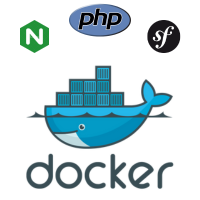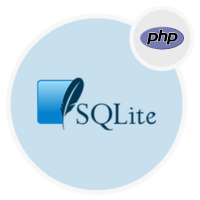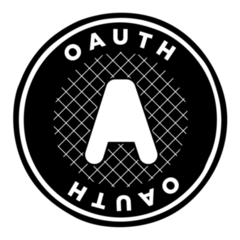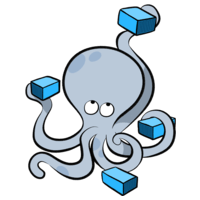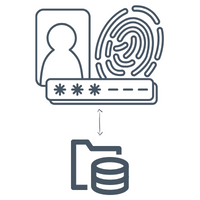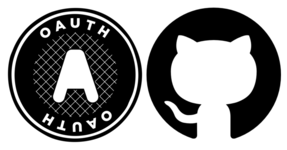Exploring the inner workings of Laravel Facades
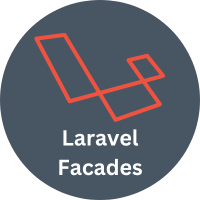
In the realm of Laravel, there is a powerful feature called Facades that plays a significant role in simplifying code and enhancing developer productivity. Facades in Laravel provide a simple and elegant way to access underlying classes without the need for complex dependency injection or instantiating objects. By abstracting away the complexities, Laravel Facades offer a clean and intuitive syntax that allows developers to write expressive and concise code. In this article, we will investigate the inner workings of Laravel Facades to demystify their magic and showcase their remarkable capabilities.
